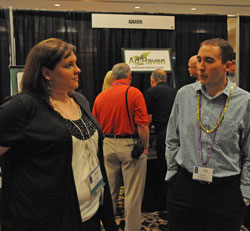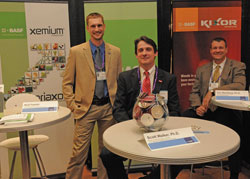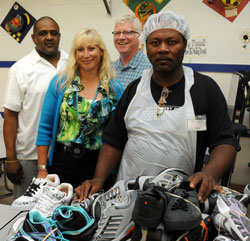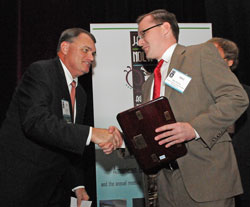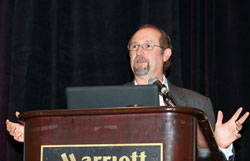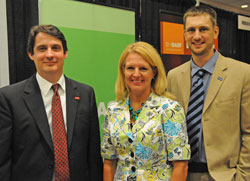 I spent some time learning about ways the world can feed a burgeoning population. One emerging idea is through a “vertical farm,” an idea that has been promoted by Dr. Dickson Despommier, a former professor of microbiology and public health in environmental sciences at Columbia. He recently authored, “The Vertical Farm Feeding the World in the 21st Century,” which lays out the idea of growing our food vertically in greenhouse skyscrapers, rather than spread out over hundreds of millions of acres of farmland.
I spent some time learning about ways the world can feed a burgeoning population. One emerging idea is through a “vertical farm,” an idea that has been promoted by Dr. Dickson Despommier, a former professor of microbiology and public health in environmental sciences at Columbia. He recently authored, “The Vertical Farm Feeding the World in the 21st Century,” which lays out the idea of growing our food vertically in greenhouse skyscrapers, rather than spread out over hundreds of millions of acres of farmland.
This idea has really captured my fancy and got my head spinning around all the ways it could be carried out. But let me take a step back. Today, our food travels on average 1,500 miles from field to table. Crazy. Much of our produce and fruits come from places like Mexico and South America. Wouldn’t it be cool if they could come from your own city?
That is exactly what Despommier is promoting. In the middle of an urban area could be a “vertical farm” that grows produce, fruits and grains and houses things such as fish farms. These future farms would grow our food year round while the excess waste, or biomass could be used to produce bioelectricity and biofuels. In fact, Despommier says that in some cases, a vertical farm could have up to five harvests per year.
While his idea could potentially grow grains like corn or wheat, the initial idea focuses on other crops. In my mind, for many, many years to come, the majority of our grains will still be grown in the great outdoors. In addition, there will be no animals here – they will still roam the countryside as well.
He writes that ideally, they would be cheap to build, modular, durable, easily maintained, and safe to operate. A vertical farm would mitigate external influences on crops such as too much rain or drought and disease along with the need for fertilizers, herbicides or pesticides. Vertical farms would provide well-paying jobs and improve economics. He also believes they should be independent of economic subsidies and outside support once they are up and running and they should be profitable.Read More


